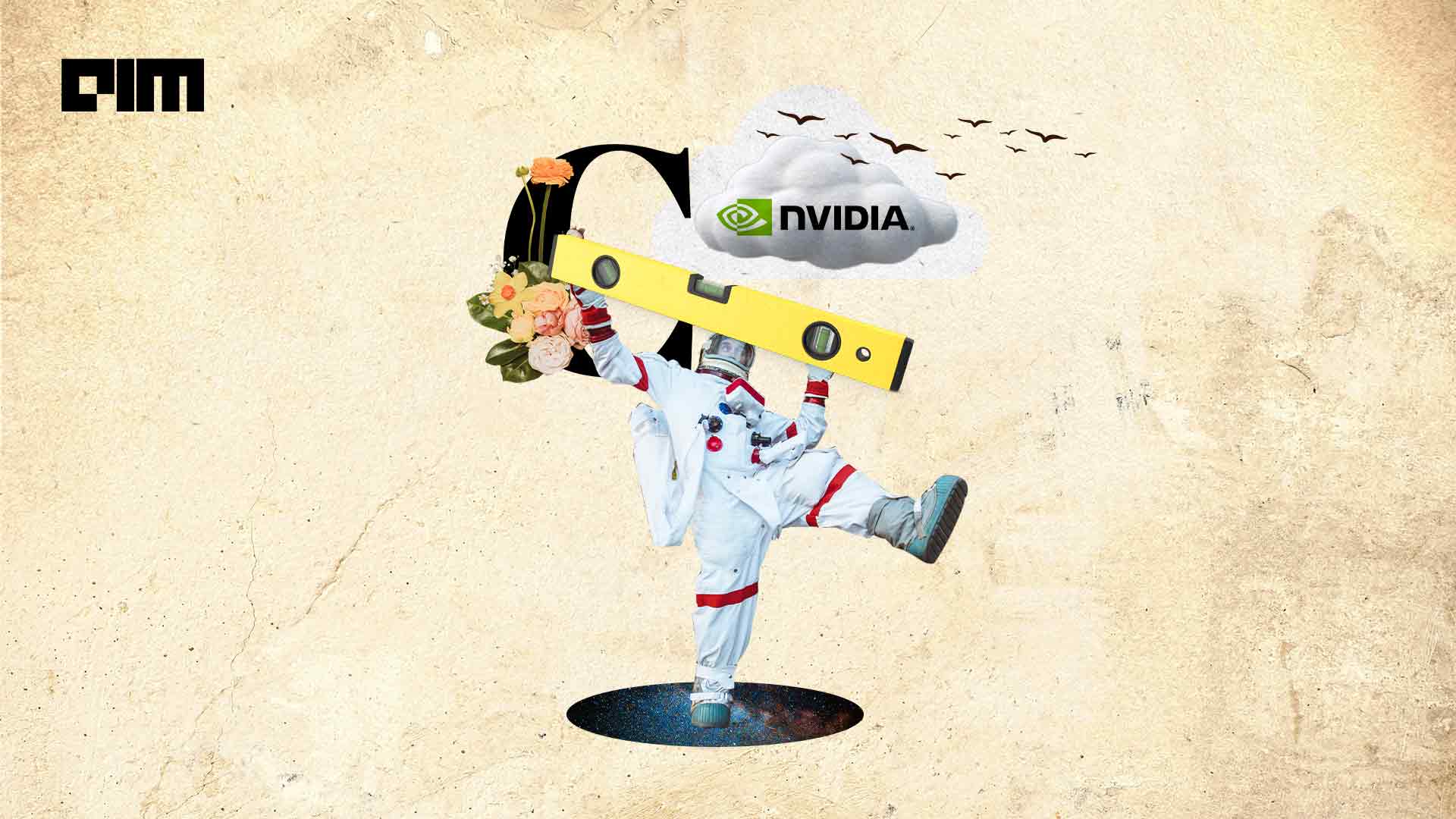
NVIDIA’s winning the AI race, and it’s not stopping any time soon. The chip-making giant has been hard at work investing in the AI ecosystem, funding startups like Inflection AI, RunwayML, Cohere, and more. It also seems like the company is building out its own AI tech stack with acquisitions, as seen by their stealthy takeover of OmniML.
OmniML is a company specialising in shrinking down ML models so they can be moved to the edge. Last year, it launched a platform known as Omnimizer which adapts computationally heavy AI models to lower-end hardware. It seems that the secret sauce behind shrinking models down is something NVIDIA wants, going so far as to acquire the startup in February of this year.
This acquisition hasn’t been announced by NVIDIA, leading many to speculate about the reasoning behind this move. Considering NVIDIA’s presence in edge AI, especially in fields like automobiles, robotics, and drones, OmniML might be what Team Green needs to take over the edge.
What OmniML does
The company was founded in 2021 by Dr. Di Wu, a software engineer from Facebook’s PyTorch division, and Dr. Huizi Mao, who worked in the mobile vision team under Google Research. Combining their expertise along with Dr. Song Han, the pioneer of the deep compression technique for reducing compute footprints, they created OmniML.
The main offering of OmniML was Omnimizer, a platform targeted at making AI optimisation quick and easy at scale. Instead of relying on different platforms and products to deploy and optimise models for edge devices, Omnimizer provided a single platform for deployment, training, and measurement. In addition to this, the platform also optimised models to be able to run on even the lowest powered devices.
It does so by including the target hardware in the testing loops, resulting in models that are not only smaller and faster, but also better fitted to the hardware they are running on. The model is optimised by using neural architect search, a technique used to detect the best architecture for a given neural network, constrained by certain variables like latency and available power.
Before the launch of this platform, OmniML raised $10 million in seed funding, in a round headed up by GSR Ventures and Foothill Ventures, along with Qualcomm Ventures. The funding round shows that OmniML’s efforts were not in vain, as there was very solid need for a platform that could automatically optimise models for the edge.
Through OmniML, companies can easily adapt their models to run on devices like drones, smart cameras, and automobiles. This would effectively allow models to move away from cloud dependency, democratising the ability to run ML models quickly and easily. Looking at the possible value that this can bring in the coming years, it’s no wonder NVIDIA snapped up the company in its infancy.
NVIDIA’s edge dreams
NVIDIA mainly has 3 edge offerings: the NVIDIA EGX platform for enterprise edge computing, IGX platform for industrial applications, and Jetson for autonomous machines and embedded edge use-cases. The company also has optimised NVIDIA software to run on any of these devices, and its customers can also command their edge fleets with the Fleet Command platform.
This comprehensive set of offerings will be further strengthened by the Omnimizer platform, as it fits well into NVIDIA’s edge strategy. By adding the automated model optimisation techniques included in Omnimiser, NVIDIA can make models at the edge even more efficient. This will not only allow it to fit bigger models on smaller devices, but also create more capable models catered towards running on the edge.
As mentioned previously, OmniML also keeps the hardware in the loop when it comes to optimisation. This means that NVIDIA can create custom profiles for its hardware suite using OmniML’s tech stack, which will make sure that deployed models use edge hardware as efficiently and effectively as possible.
The crux of the strategy lies in the NGC (NVIDIA GPU Cloud) Catalog for enterprises. This catalog offers GPU-optimised software containers for enterprises looking for quick and easy way to deploy models at scale. The edge models available in the catalog stand to benefit highly from optimisation by OmniML.
If these models are optimised with this technique, NVIDIA stands to gain a lot of performance and efficiency gains for models offered at the edge. Moreover, customers’ hardware can also be included in the optimisation software through the managed platform, creating a good solution-architecture fit no matter the configuration.
Just as with their other acquisitions and investments, OmniML serves to solidify NVIDIA’s leadership position in the AI market. If OmniML had continued as an independent player, it would have still brought value to NVIDIA’s tech stack, albeit through second-order effects. However, as a part of the green giant, OmniML provides a unique value add to cement NVIDIA’s position in edge AI.
NVIDIA’s relentless pursuit in the AI race continues as the chip-making giant invests in the AI ecosystem and acquires startups like OmniML. OmniML’s expertise in shrinking ML models for edge deployment aligns perfectly with NVIDIA’s presence in fields like autonomous machines and industrial applications. By integrating OmniML’s technology into its edge offerings, NVIDIA can optimize models for efficient deployment on lower-end hardware. Additionally, OmniML’s ability to keep hardware in the loop enables NVIDIA to create custom profiles, maximizing the utilization of its edge hardware suite. This strategic move strengthens NVIDIA’s position in the AI market and enhances its comprehensive edge AI strategy.
The post Why NVIDIA Acquired OmniML appeared first on Analytics India Magazine.